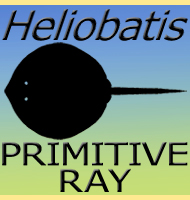Cardabiodon
In Depth Cardabiodon is a genus of shark that is known to have lived during at least the Cenomanian and early Turonian periods of the late Cretaceous. First named from fossil teeth and vertebrae discovered in Australia, further examples are known from North America and Russia, as well as speculated in other locations. However, so … Read more
